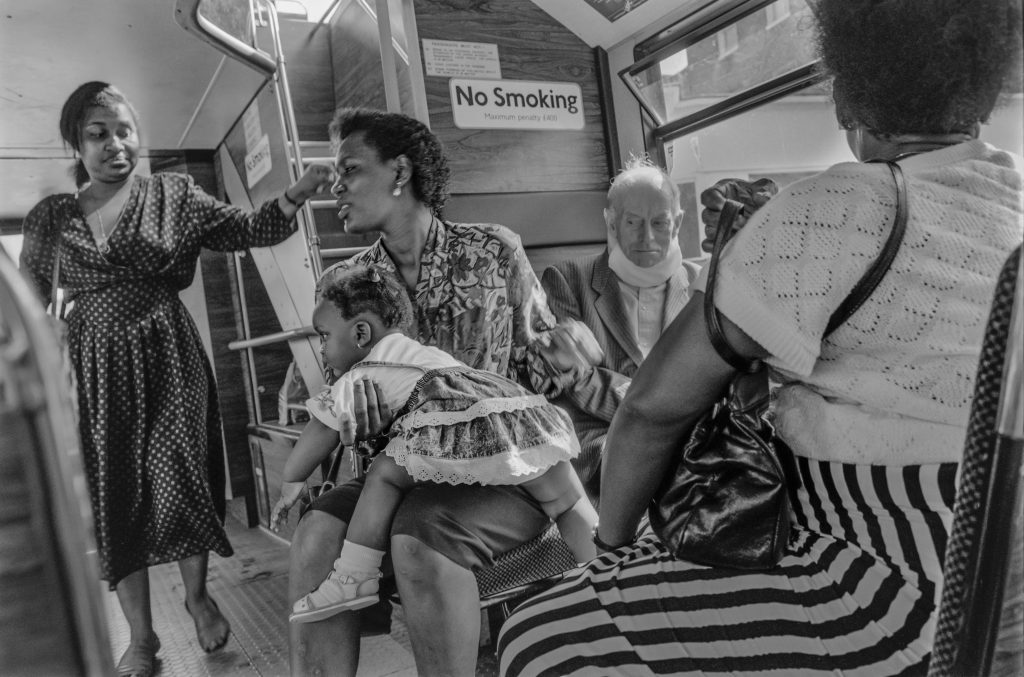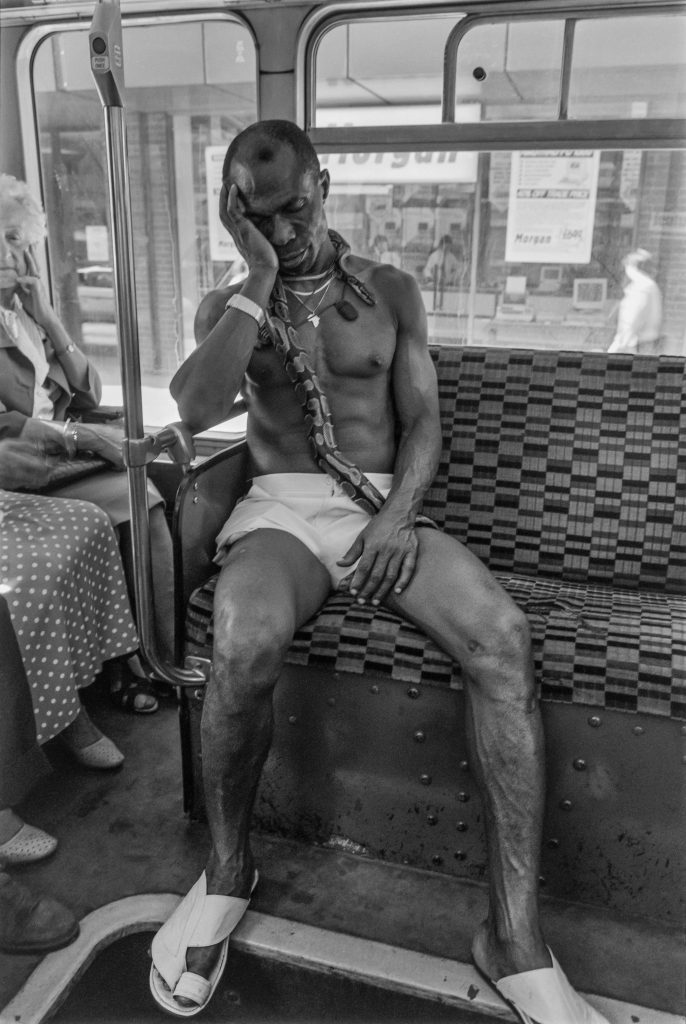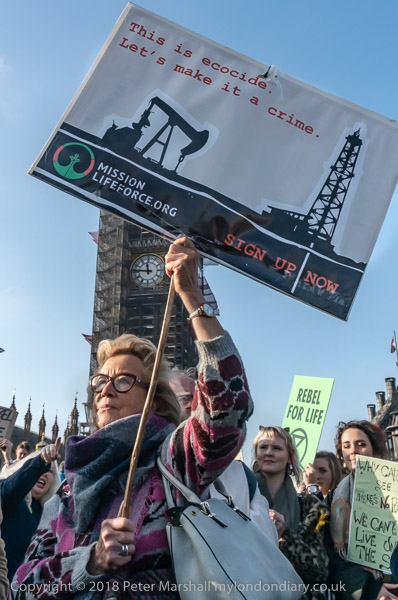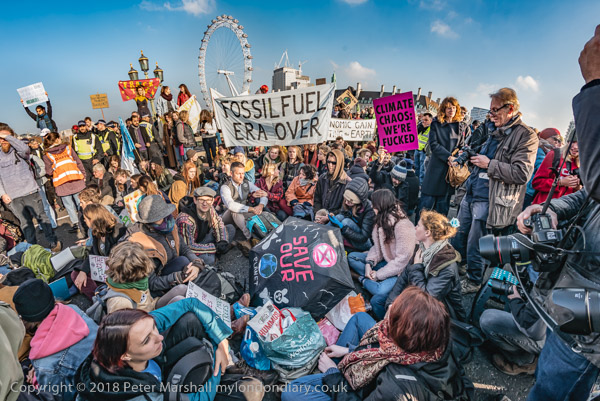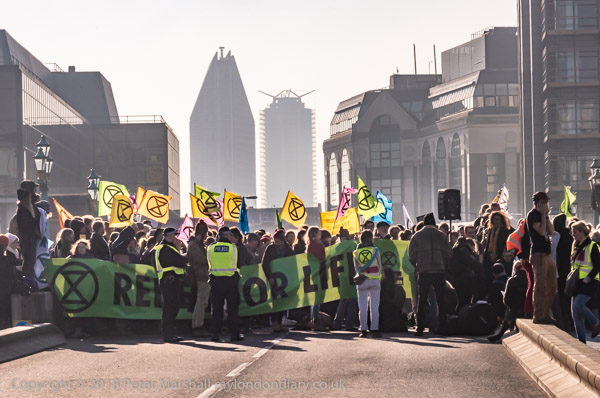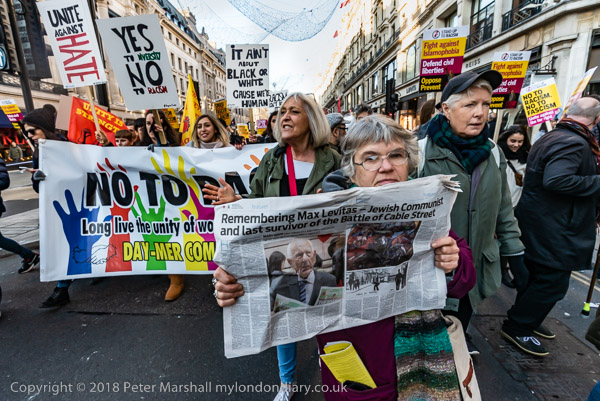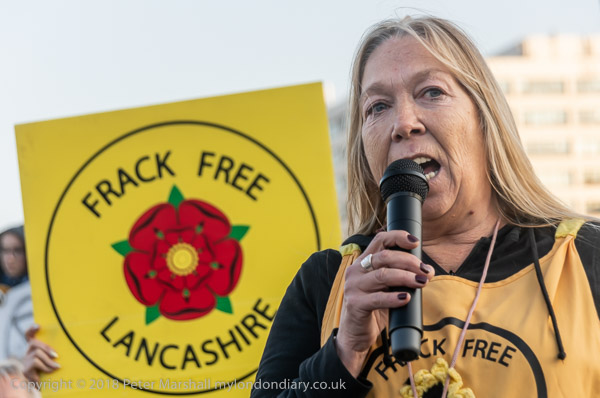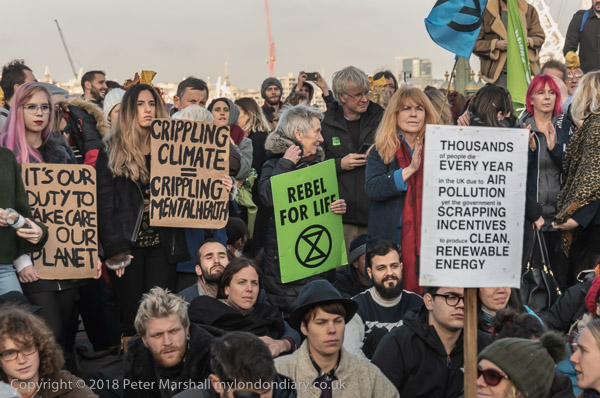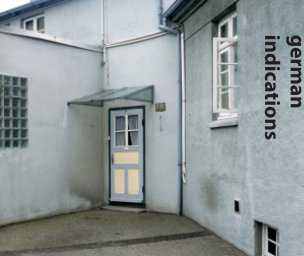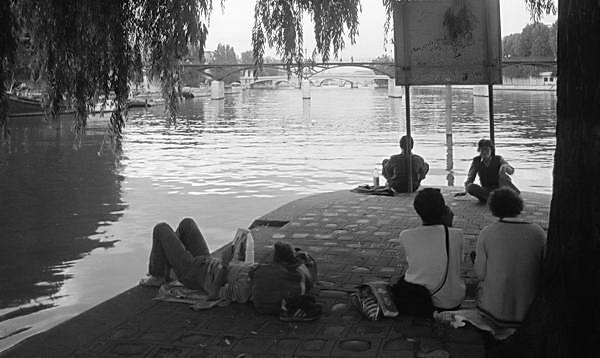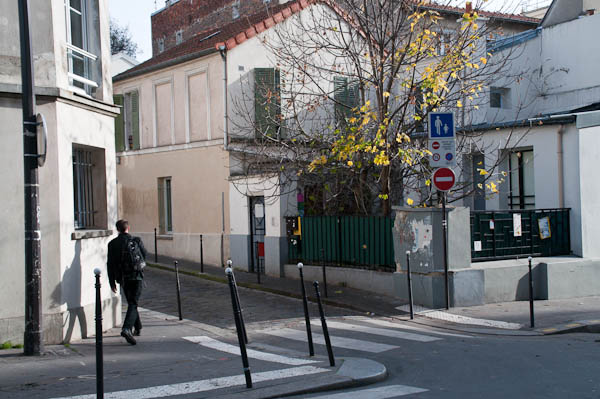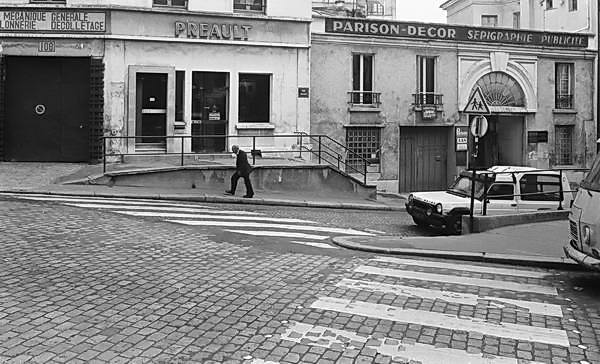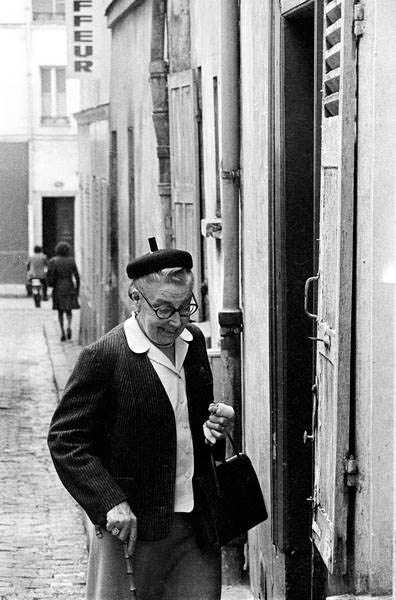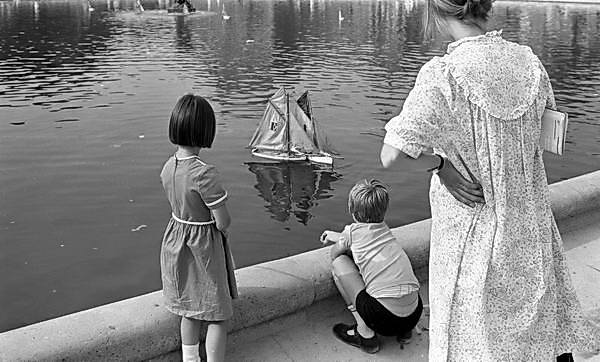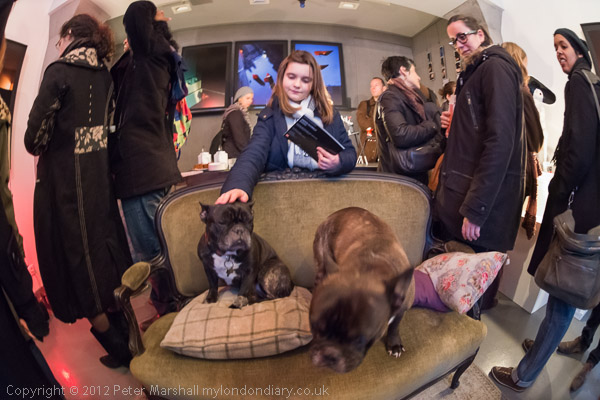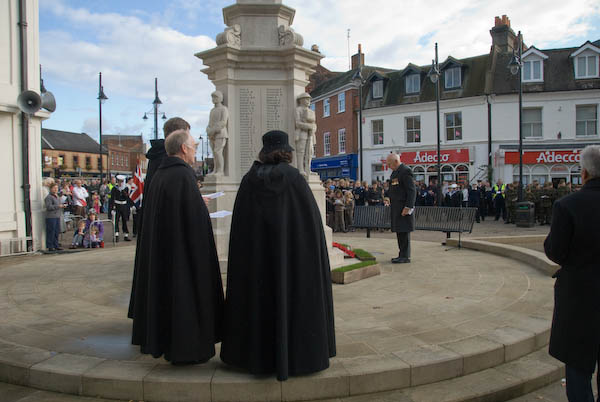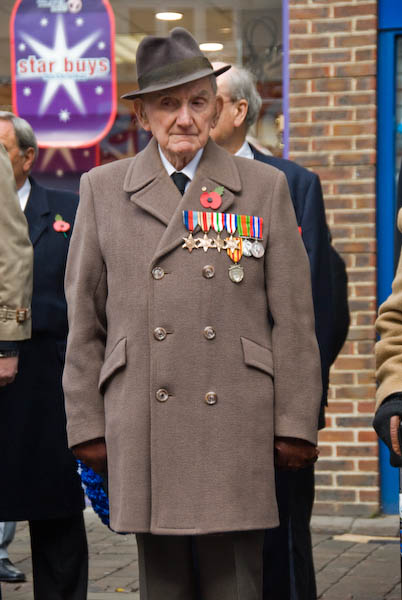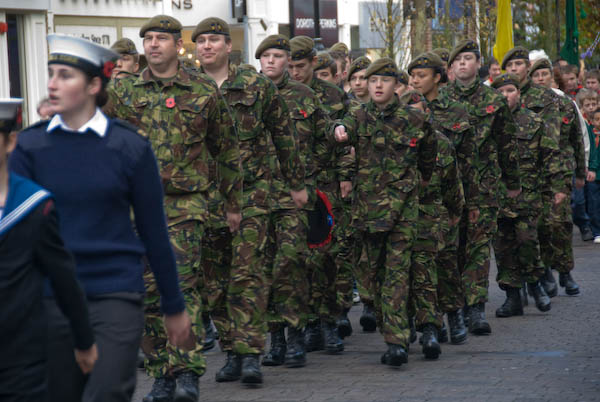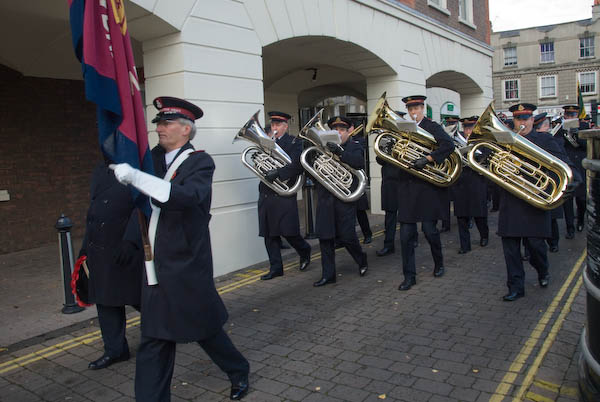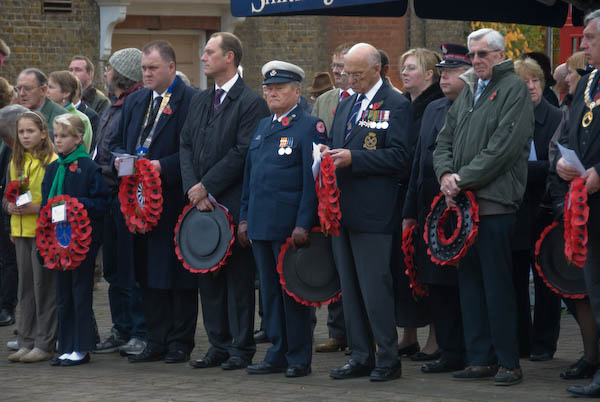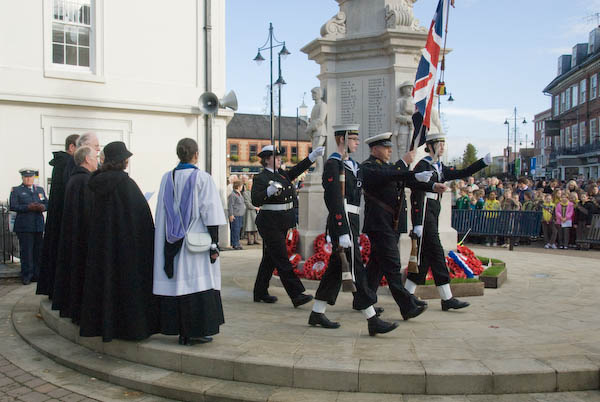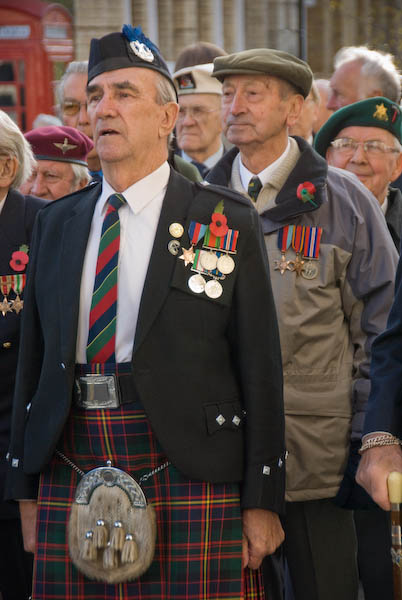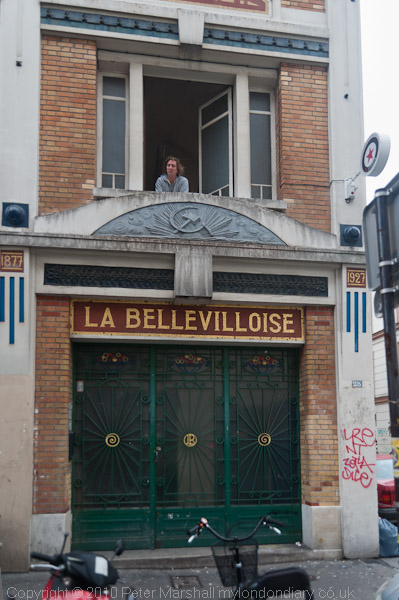
Ten years ago today I was in Paris, having arrived there for Paris Photo two days earlier on Wednesday 17th, where after queing to get my accreditation I attended the opening of the event. I didn’t much enjoy it – too many reminders that I wasn’t a VIP and too many cliques around most of the gallery stands, though I did meet just a few old friends in the crowds.
But it was too crowded and too hot and I was pleased to leave early and meet my wife for a rather good meal in a Latin Quarter restaurant and then a short walk around the centre of Paris before taking the Metro to our hotel room in the Goutte-d’Or. You can read more about my initial thoughts on the show in a long blog here on >Re:Photo, and there are a few more pictures on My London Diary.
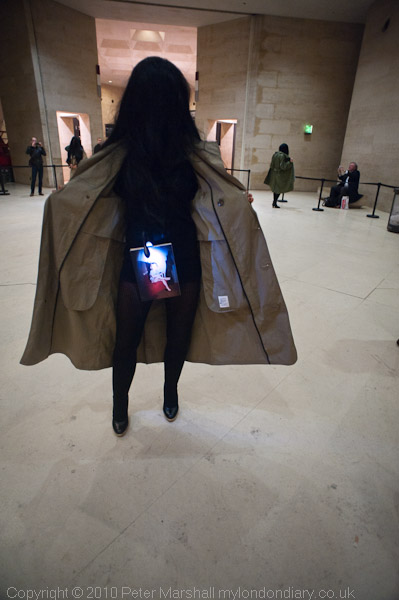
Thursday after breakfast and a short move to another hotel there was plenty of time to take a leisurely walk and some photographs on my way to Paris Photo which opened at 11am.
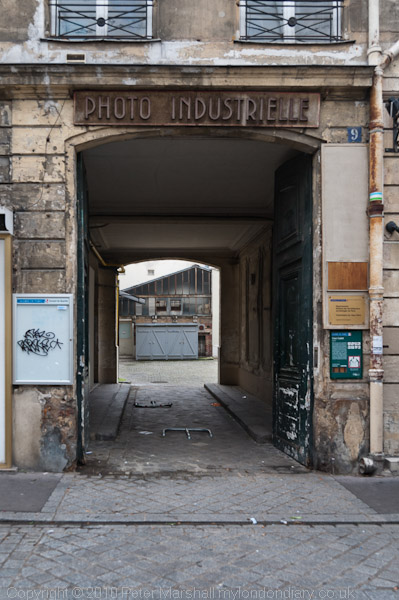
The pictures I made on the walk are I think rather more interesting than those inside Paris Photo, and a couple of hours inside the show were enough for the day – and I wrote about it at some length for readers of >Re:PHOTO, as well as a more general piece Thoughts on Paris Photo.
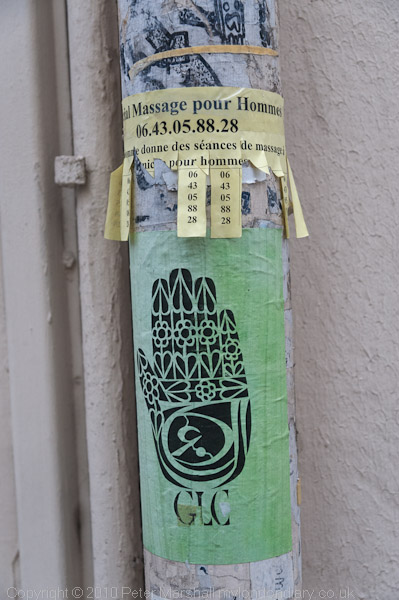
I met my wife for a pleasant lunch and then we began a tour of photo exhibitions in the 3e – and I wrote about some of them here, as well as taking more pictures on our walk.
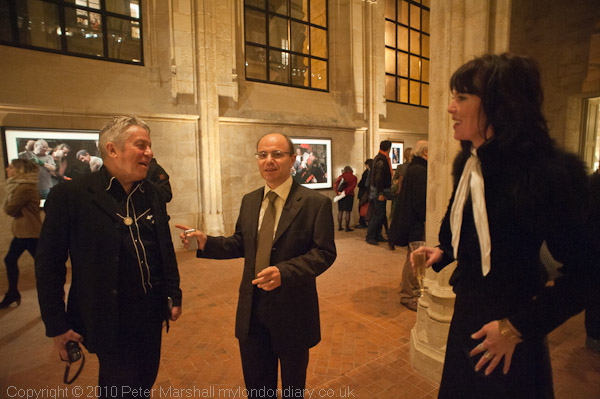
The highlight of our day was the opening of Brian Griffin’s The Black Country, and again I posted a lengthy piece here on >Re:PHOTO.
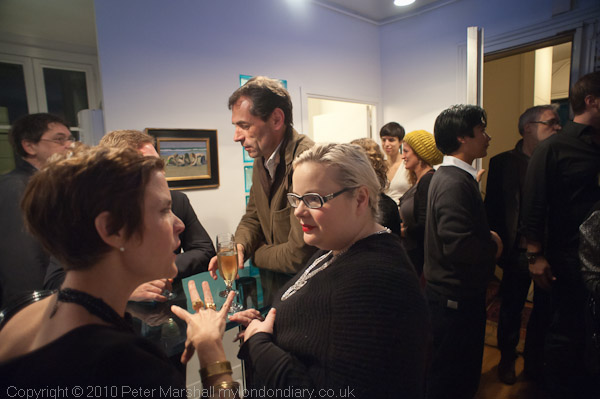
We finished the day at a fine Party, hosted by Jim and Millie Caspar of Lensculture in their flat on the rue Saint Antoine, and after a few glasses of champagne I couldn’t stop myself taking more pictures. There was also a room set up as a studio where all the guests were invited to take photographs of themselves. On this site I mainly talk about the technical details, but there are again more pictures in my diary.
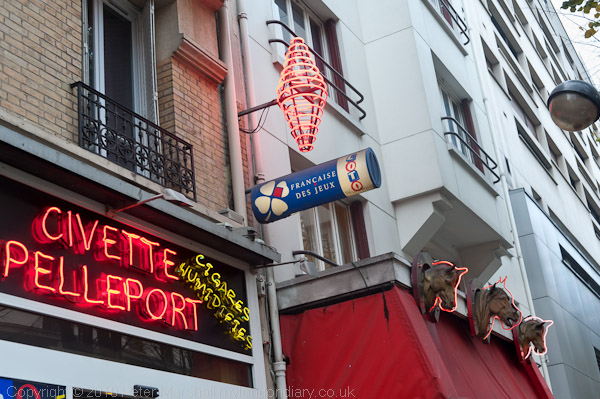
We had to leave early at around 11.30 to take the Metro back to our hotel, but the party was still going strong. I slept well that night after a long day, and the following morning was out again for another wander around Ménilmontant and Belleville in the north-east of the city until lunchtime. Again you can see more on >Re:PHOTO and in my diary.
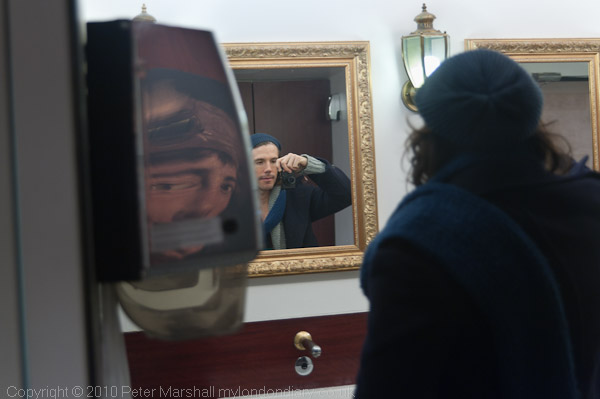
I’ll end with a picture I took in Paris Photo (there are more online.) The face reflected in the towel-holder looks rather as if a man is wearing a mask (or just a gag), though it is just a label. As I walked into the toilettes pour hommes another photographer was taking his self-portrait in the rather fancy mirrors.
(to be continued in a later post)
All photographs on this and my other sites, unless otherwise stated, are taken by and copyright of Peter Marshall, and are available for reproduction or can be bought as prints.

